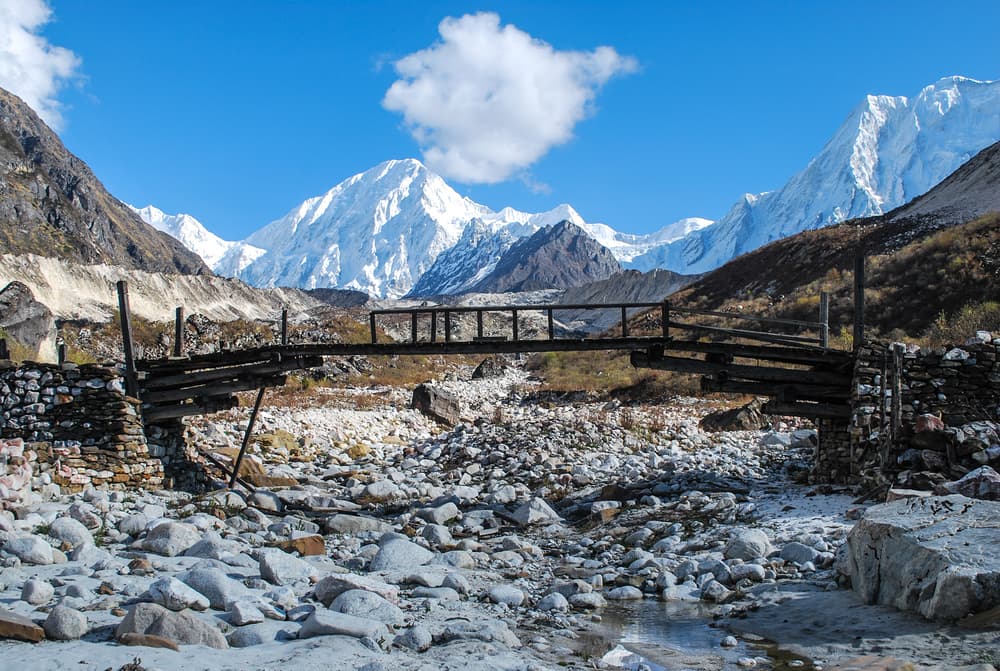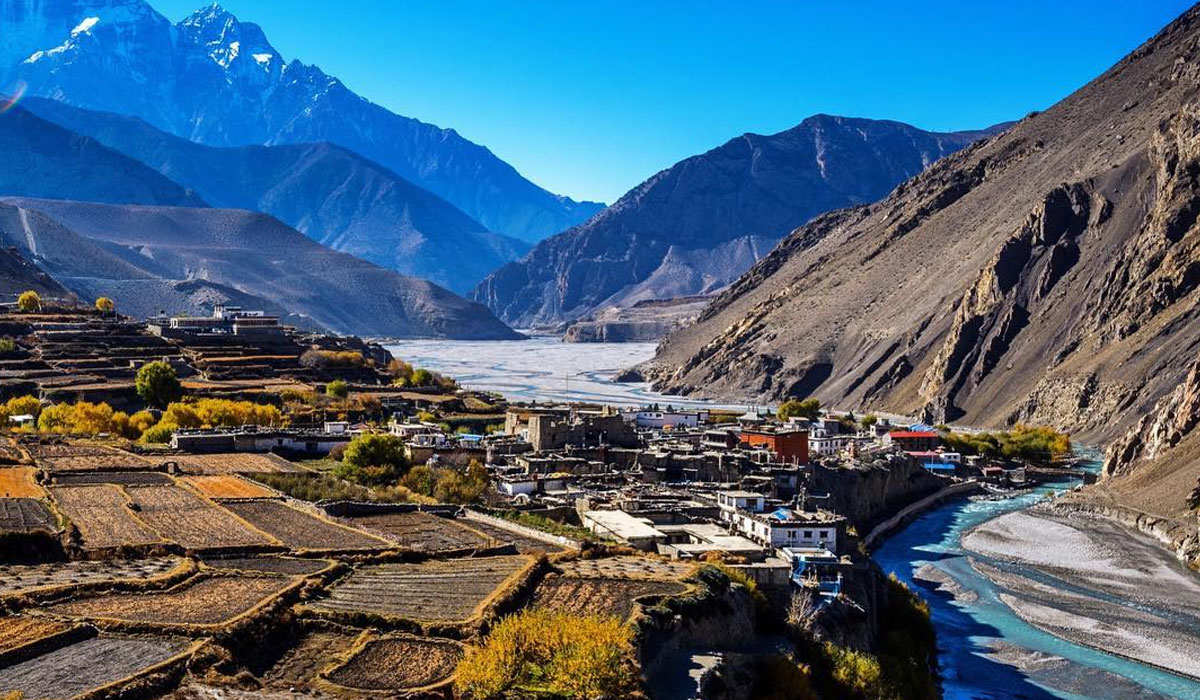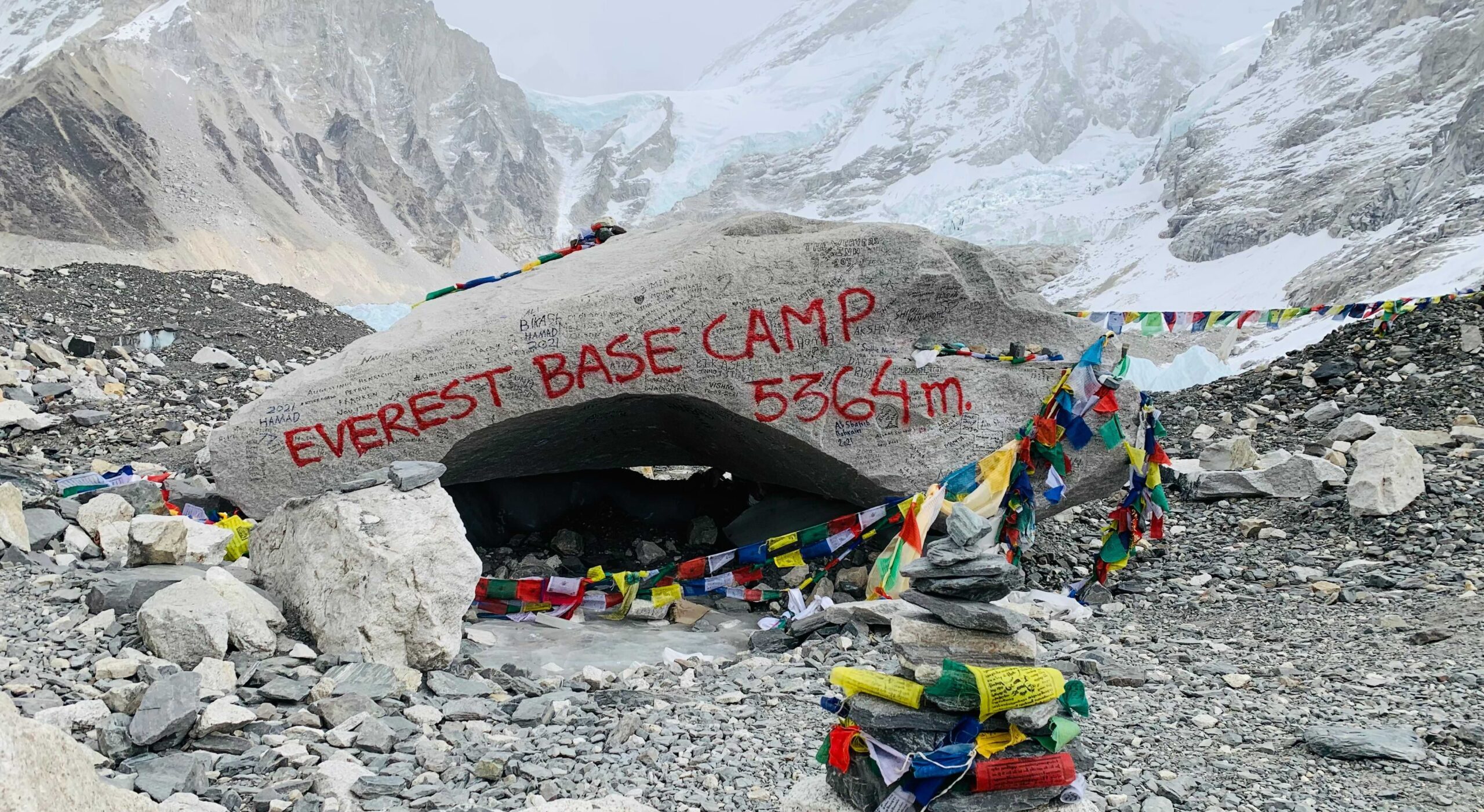Everest Three Pass Trek Overview
The Everest Three Pass Trek is one of the most adventurous and rewarding high-altitude treks in Nepal, designed for experienced trekkers who seek a more challenging alternative to the classic Everest Base Camp route. This epic journey circles through the Khumbu region, crossing three of the highest trekking passes in the Himalayas — Kongma La (5,535m), Cho La (5,420m), and Renjo La (5,340m) — each offering breathtaking panoramic views of the world’s highest peaks. The trail also includes major highlights such as Everest Base Camp, Kala Patthar, Gokyo Lakes, and Gokyo Ri, making it a complete and immersive Himalayan experience.
The trek begins with a scenic mountain flight to Lukla, followed by a steady ascent through charming Sherpa villages like Phakding, Namche Bazaar, and Tengboche. Along the way, trekkers experience vibrant Buddhist culture, visit ancient monasteries, and witness the warm hospitality of the Sherpa people. The first of the three passes, Kongma La, connects the Imja Valley with Lobuche, offering a remote and rugged route with fewer crowds and stunning glacier landscapes. After reaching Everest Base Camp and witnessing the majestic Khumbu Icefall, a hike to Kala Patthar provides the most iconic view of Mount Everest and surrounding peaks at sunrise.
The adventure continues with a challenging climb over Cho La Pass, leading into the beautiful Gokyo Valley. Here, trekkers can explore the pristine turquoise Gokyo Lakes and hike up to Gokyo Ri (5,360m), which offers one of the finest panoramic views in the entire region — including Everest, Lhotse, Makalu, and Cho Oyu, all in one frame. The final pass, Renjo La, leads to the remote Bhote Koshi Valley and the historic village of Thame, before looping back to Namche and eventually returning to Lukla.
Unlike the standard EBC trek, the Three Pass route is less traveled, offering a more peaceful and wild experience in the high Himalayas. It demands a good level of physical fitness, mental resilience, and proper acclimatization due to the high elevations and long trekking hours. However, the rewards are immense — diverse landscapes, dramatic mountain scenery, and a deep sense of achievement as you conquer three formidable Himalayan passes.
The Everest Three Pass Trek typically takes 18 to 21 days, depending on your pace and acclimatization needs. It is best done during the pre-monsoon (March–May) and post-monsoon (September–November) seasons when the skies are clear and mountain views are at their best. Guided by expert local teams and supported by porters, trekkers can focus fully on the journey, the landscapes, and the unforgettable adventure that unfolds every step of the way.

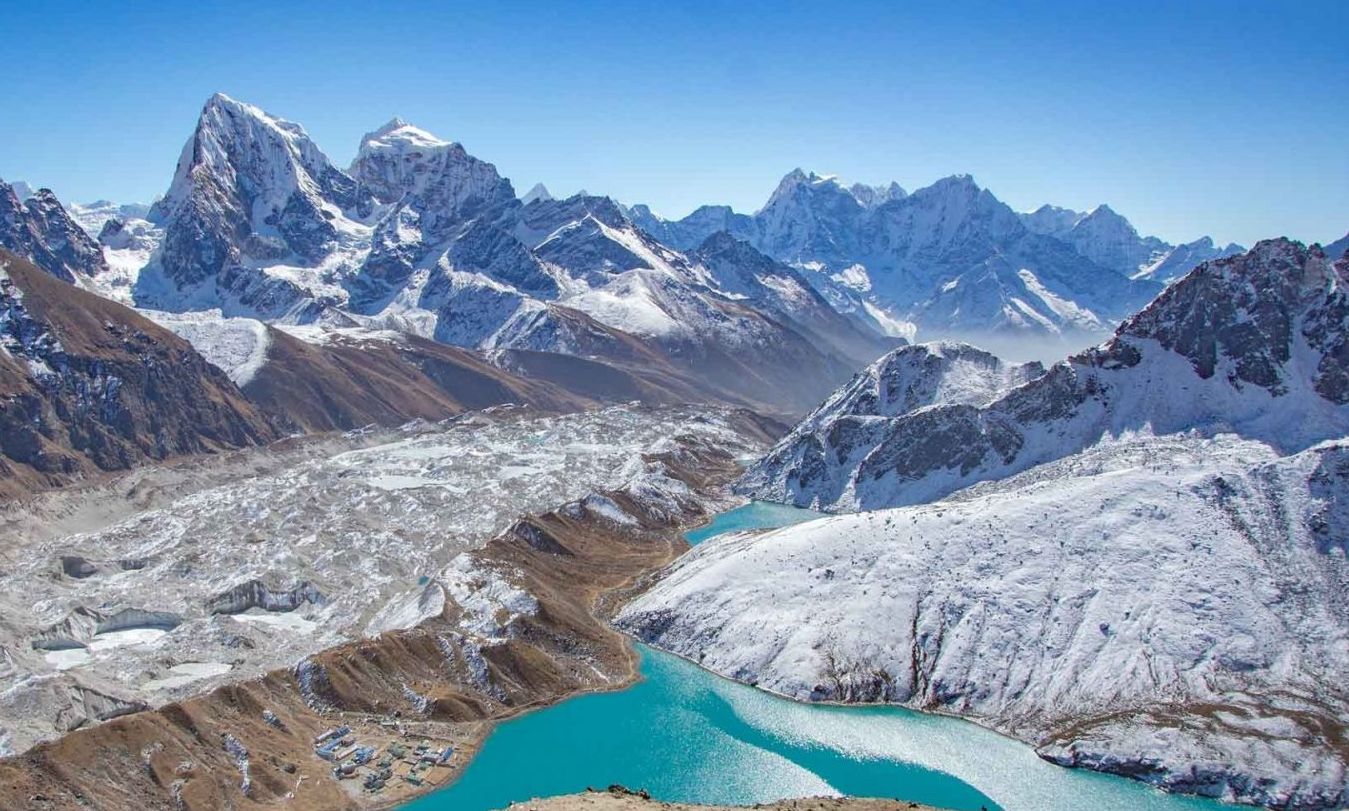

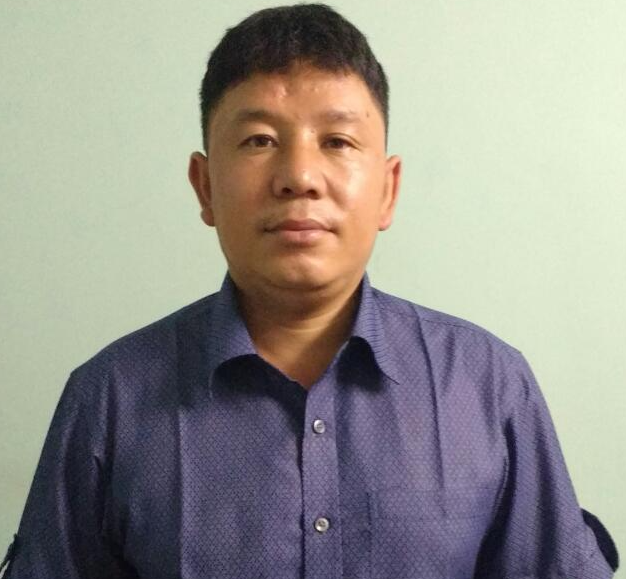 Have Questions?
Have Questions?
